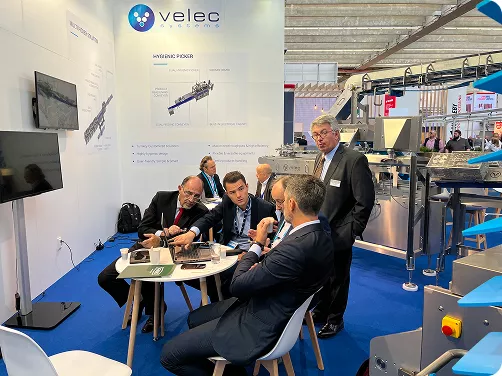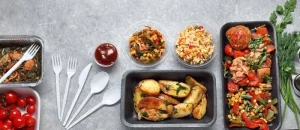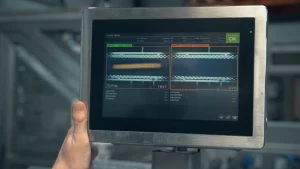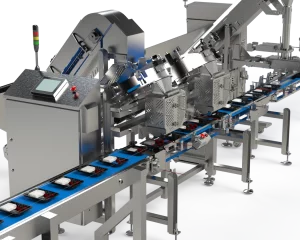Did you buy something to drink yesterday? A food filling machine was used to fill the container you held. People don’t usually think about how their favorite ready-meal, packaged salad, or juice gets into the container, they just enjoy the results. When you work in the food or packaging industry, you understand the extensive processes and efficient machines that allows someone to pour salad dressing over their tomatoes.
Although Multi-Fill specializes in volumetric filling machines and don’t fill liquid or powder products, we do have strong expertise in the area. Let’s discuss the different types of food fillings machines in a bit more detail.
Liquid Filling Machinery
It was a liquid filling machine that filled the bottle you drank yesterday. It is not only a machine to fill bottles but also cartons, cans, and cups. Liquid filling machinery can handle a range of liquids, including carbonated drinks, water, cooking, oil, soup and yes, that salad dressing as well. There are a few common types of liquid filling machinery, also known as flow filling machines:
Manual liquid filling machine. More efficient than pouring liquid by hand, it is suitable for laboratories or small scale production.
Semi-automatic liquid filling machine. Works well almost all kinds of liquid and uses syringes, pistons, and nozzles for drip-free packaging.
Automatic liquid filling machine. Used in large-scale operations with high production requirements, the automatic filling machine is ideal for liquids containing food products and viscosity liquids.
Inline liquid filling machine. Useful for dispensing food, dairy, and cosmetic products, it pours low and high-viscosity liquids into containers arranged in a single line along a conveyor system.
Rotary liquid filling machine. Generally used in the personal care, automotive, food and beverage industries, the machine moves containers along different circular stations with each station performing a dedicated function such as filling, sealing, or capping.
Piston liquid filling machine. Used for filling substances with limited changeovers such as liquid soaps, cosmetics, and food sauces, it pours products accurately into containers.
Powder and Granule Filling Machines
Did you spoon white sugar into your coffee this morning? A powder filling machine packed the sugar. These machines are designed for drip-free, high-accuracy filling through spiral feeding and can be used for free-flowing and non-free flowing powdered or granulated products. Because the white sugar granules you used cannot maintain its shape under pressure, it is called a free-flowing product.
A granule filling machine is also called a vibratory weigh filling machine because it uses multiple vibrating trays to dispense products into a weigh bucket. Once the correct weight is achieved, the bucket empties the product into a container. It is generally used for industrial and chemical products.
Solid Filling Machines (Particulate or Loose Solids)
Solid filling machines can be volumetric or gravimetric. In gravimetric filling, the machines dispense an accurately measured amount of a product according to weight. It is generally used for particulate solid foods such as muesli, for example, where a ready-to-eat cereal is mixed with another particulate solid food such as nuts or dried fruit.
Volumetric filling machines, such as those manufactured by Multi-Fill, measures a specific product volume, and focuses on loose solids. Product examples include refrigerated deli-style salads such as your favorite German potato salad, quinoa salad or tabouleh.
Did you know volumetric fillers from Multi-Fill can deposit some foods at speeds up to 120 containers per minute while maintaining product appearance and integrity? The machine speed varies by model, layout, product, and container type, but with our expertise, your customer is eating their potato salad sooner rather than later.
Multi-Fill is a leading provider of high-quality food filling systems for hard-to-fill products. We have been producing machines supporting the food service industry for over thirty years and have a presence in more than twenty countries. Do you want to package deli salads? We have just the food filling machine you need. Contact Multi-Fill today.



